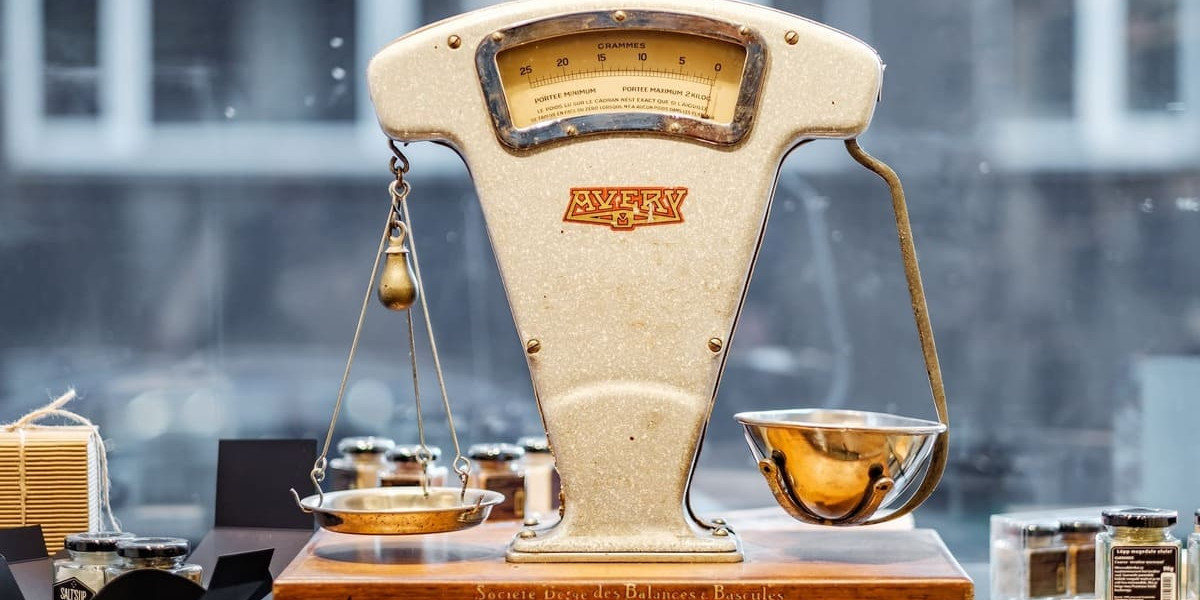The current era is one of judging value through price. This marketing vision, which has been successful for a large number of brands, whether in the luxury sector or not, cannot be applied to gold. For it is not a simple commodity; it’s an insurance policy, an asset and a store of value. And reducing this value to price makes no sense.
Indeed, the value of gold and the price of gold are two completely different concepts. The value of gold refers to its intrinsic usefulness and the amount of work required to produce it, while the price of gold is determined by supply and demand in the financial markets. Using the latter to estimate the former is therefore a big mistake and one that many of us still fall into.
The value of gold is authentic
The value of gold is first and foremost an intrinsic fact, mainly linked to the physical and chemical properties of the precious metal. However, its natural distribution on our planet ensures a controlled and steady availability.
A precious metal because it is rare and difficult to obtain
Gold is not an ordinary mineral. First of all, it is extremely rare: its distribution in the earth’s crust is estimated at 1 gram per 200 tonnes of ore, i.e. 0.000005%, compared with 5% for iron, for example (a million times more); a proportion that can rise to 1g/20t on average in mining areas.
It is therefore understandable that the gold production process is particularly costly in terms of energy and labour. In fact, the scarcity of gold coupled with the costs of extraction can be seen as a form of ‘proof of labour’ in the physical world, giving gold a value of its own independent of any transaction.
Gold is an incredibly stable metal over time
Secondly, gold is a metal that is almost indefinitely resistant to corrosion and is easily identifiable. These characteristics make it a material that inspires confidence in the long term, and has done so for almost 6,000 years!
To this great physical and chemical stability, we must also add that of the available quantity. Since, except at certain very specific periods in history (the discovery of America or the opening of trade routes to the East or Africa), gold production has remained relatively constant over the centuries. Thus, we can rule out the risk of a possible devaluation by a sudden and massive arrival of millions of tonnes of gold on the market, which would reduce both its rarity and therefore its value. As a result, gold has naturally found its place as an authentic, foolproof store of value, which has made it the first universal currency, from the beginning of human history until today.
Gold: a metal of the future
It should be noted that a new physical characteristic of gold has recently increased its value and given it a fundamental importance in new technologies. Gold is one of the most electrically conductive metals after silver and copper, without being affected by oxidation like them. It is therefore, favoured for the manufacture of electronic equipment requiring the best possible performance: biotechnologies, advanced electronics, astronautics, artificial intelligence, etc. In short, for the future.
The price of gold is just a market convention
On the other hand, the price of gold is essentially determined by supply and demand on the financial markets in ways that have nothing to do with its intrinsic value. It is a market convention. While the supply of gold is limited by its scarcity and the increasing difficulties of extraction, the demand for gold is influenced by several economic, financial and geopolitical factors.
Gold is sensitive to confidence in fiat currencies
When investors and savers lose confidence in fiat currencies such as the US dollar, euro or Japanese yen, they often turn to gold as a safer alternative to protect their wealth. Gold has been considered a store of value for centuries, as it cannot be devalued by monetary policy.
Inflation affects the price of gold
In the same way, by causing a rise in consumer prices, inflation reduces the purchasing power of traders invested in currencies. Gold will then become a tool for securing capital, as it allows the value to be “fixed” at a given moment, independently of inflation. Furthermore, in the event of strong and lasting inflation, gold prices will strengthen and potentially outperform inflation levels to the point of allowing a capital gain.
The attractiveness of gold also depends on interest rates
Interest rates also affect the price of gold. If interest rates are low, investors may be less inclined to invest in financial instruments that generate fixed income, such as bonds, and may instead turn to gold as an alternative to protect their wealth.
Gold as a safe haven in case of war
Geopolitical events such as wars, diplomatic tensions or economic crises can also influence the price of gold. In times of uncertainty, gold can be seen as a safe haven for investors and savers who will therefore increase their demand for it.
In short, while the value of gold, linked to its inherent properties, is relatively stable in the long term, its price can be very volatile in the short term, notably due to the permanent fluctuations of supply and demand on the financial markets.
This price is ultimately only a convention facilitating the exchange of the precious metal for currencies. In no way does it reflect the real value of gold. More importantly, its ability to preserve the purchasing power of the financial capital saved in this form, sheltered from the economic, political and financial turbulence that could ruin traders. No matter what the price of gold, the capital purchased will be the capital protected.
Multi-entrepreneur, auteur et consultant depuis plus de vingt-cinq ans dans le domaine de la communication stratégique, il a plusieurs fois travaillé pour le compte d'entreprises financières dont il décrypte aujourd'hui les coulisses et les mécanismes économiques de base à l'intention du plus grand nombre.


